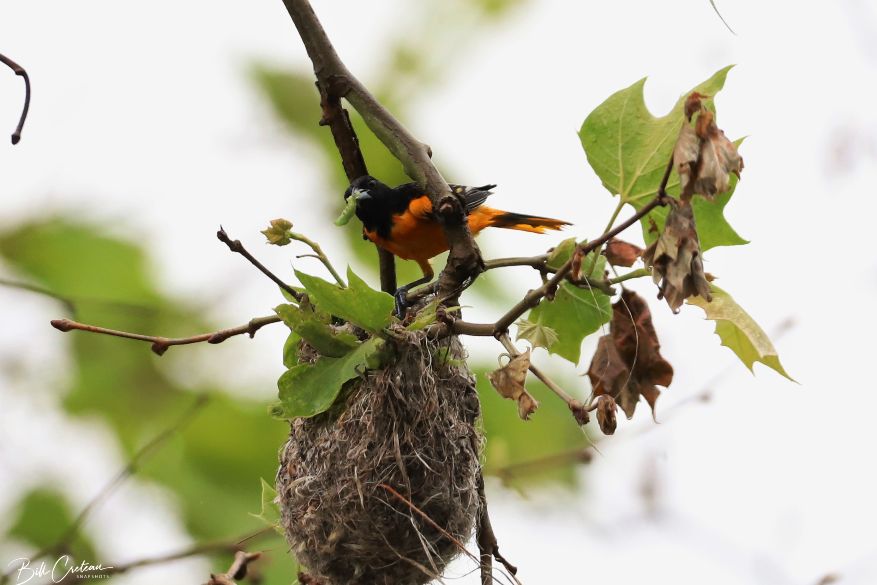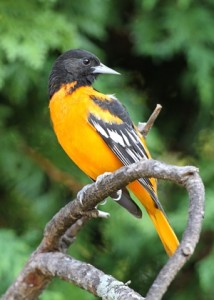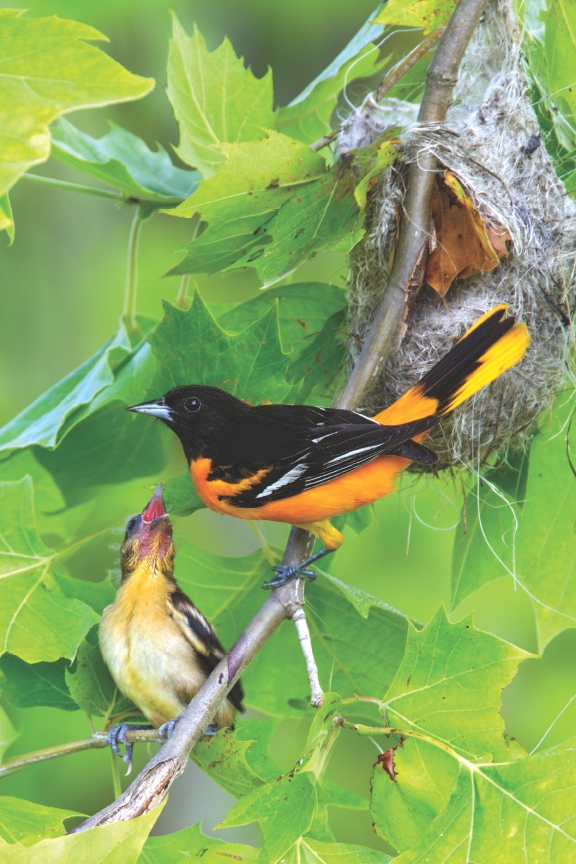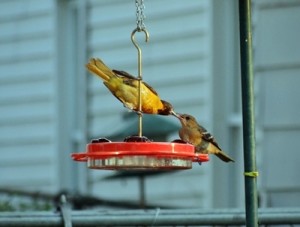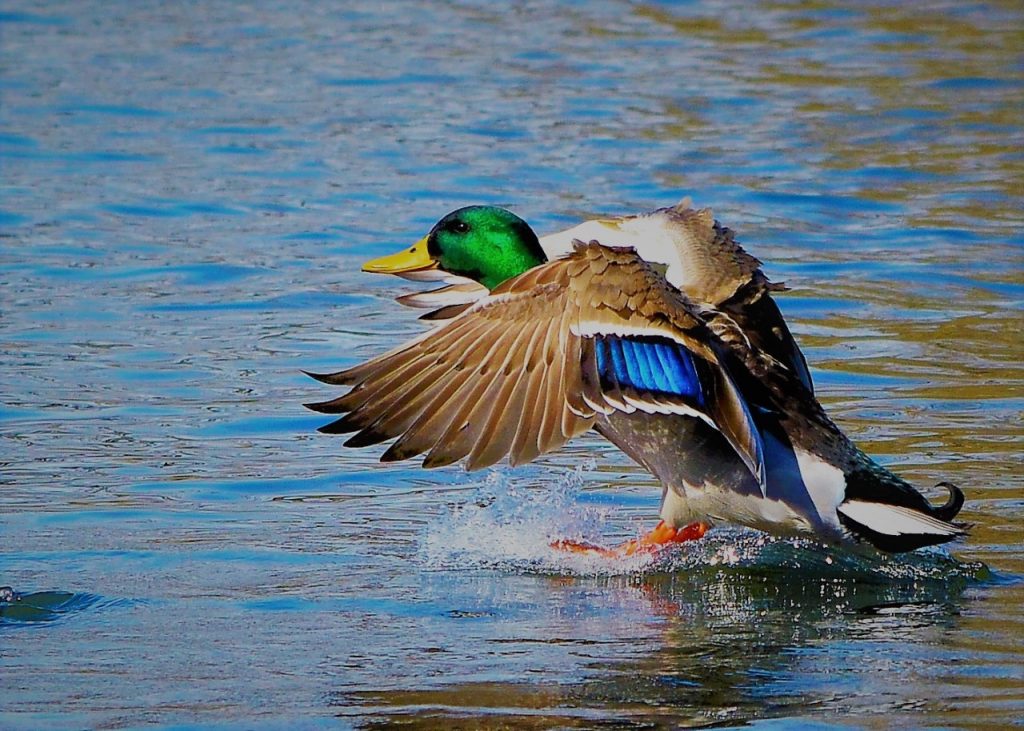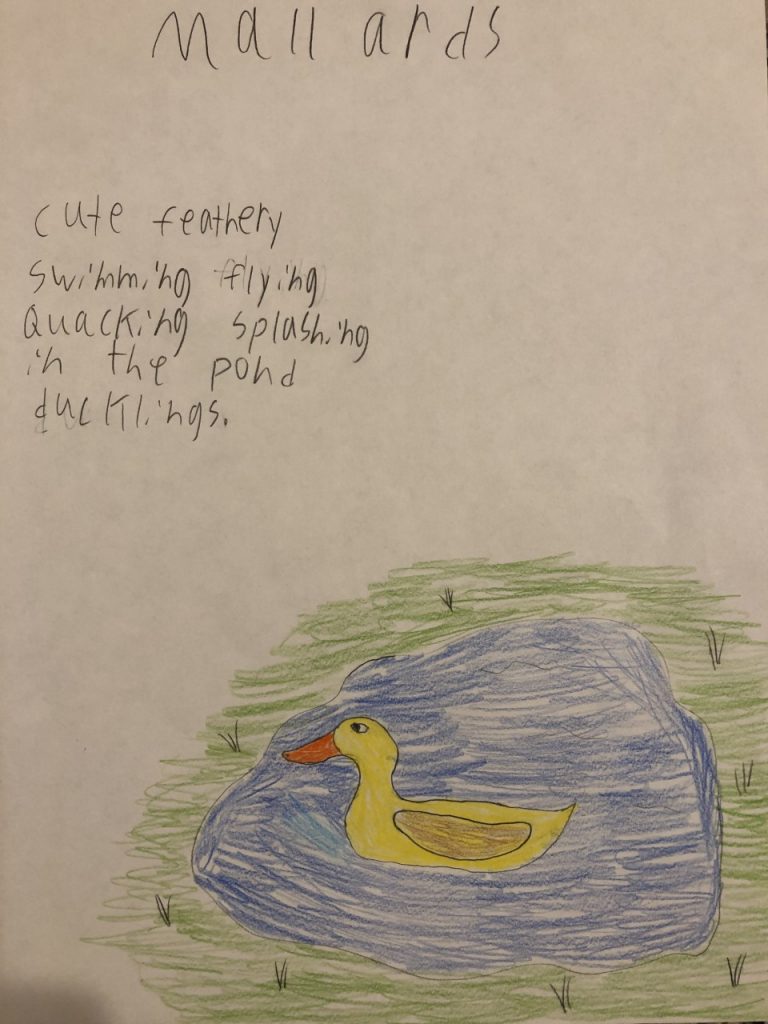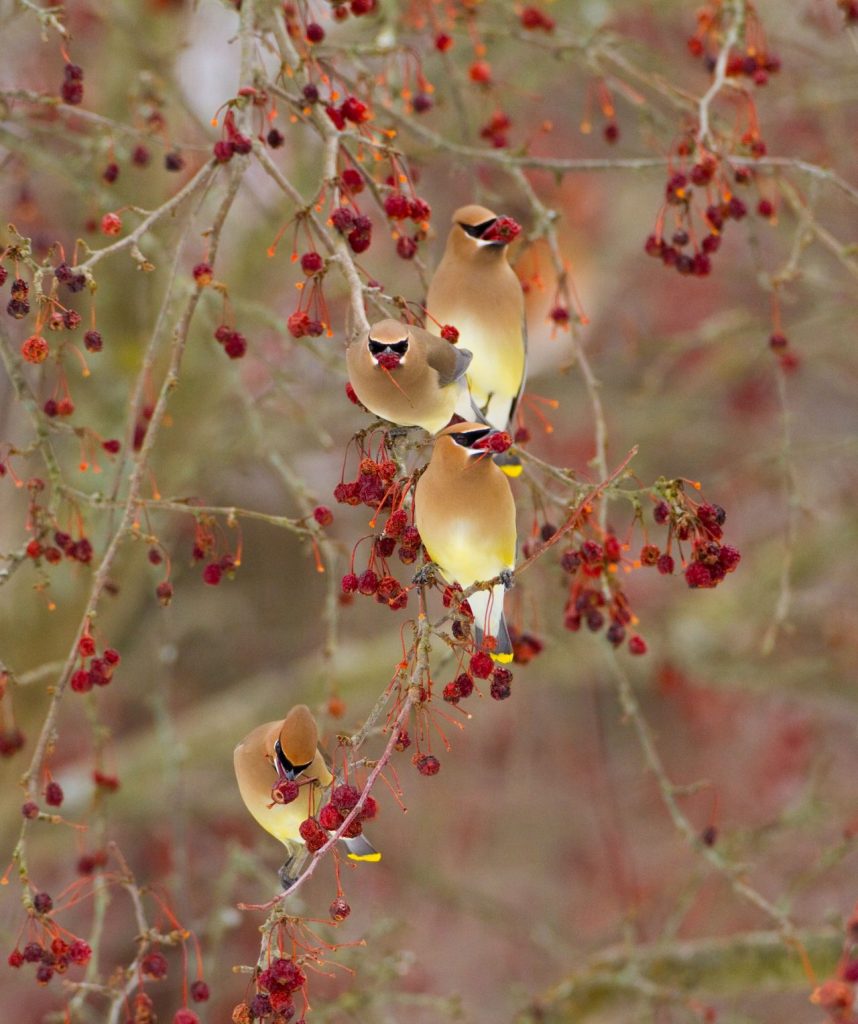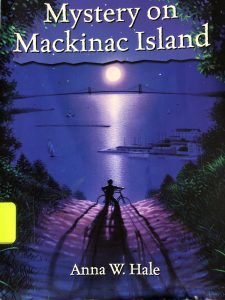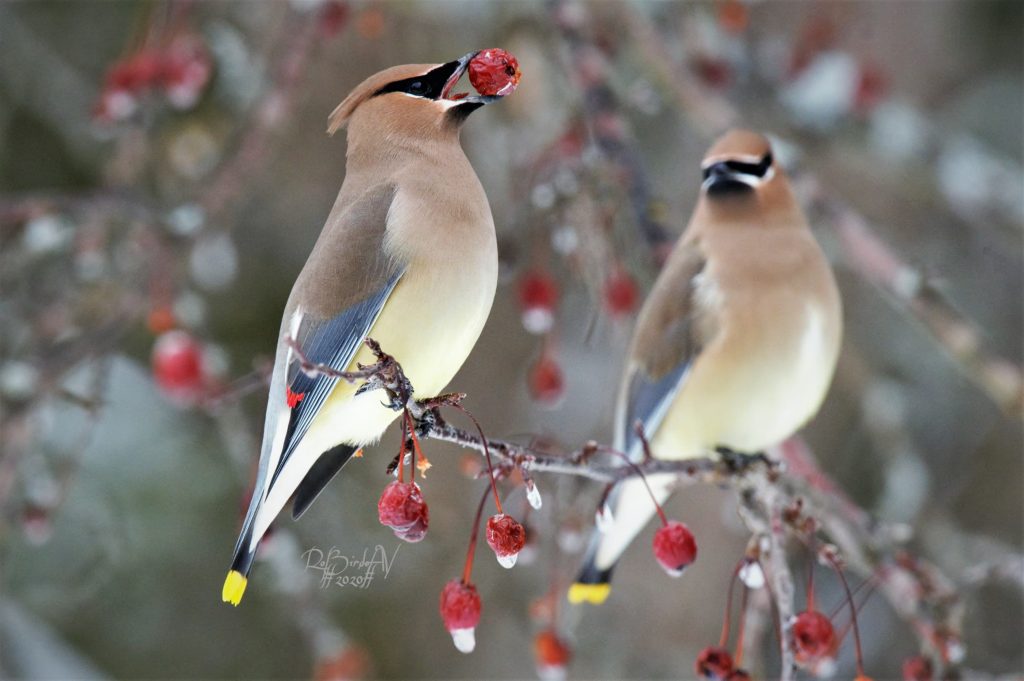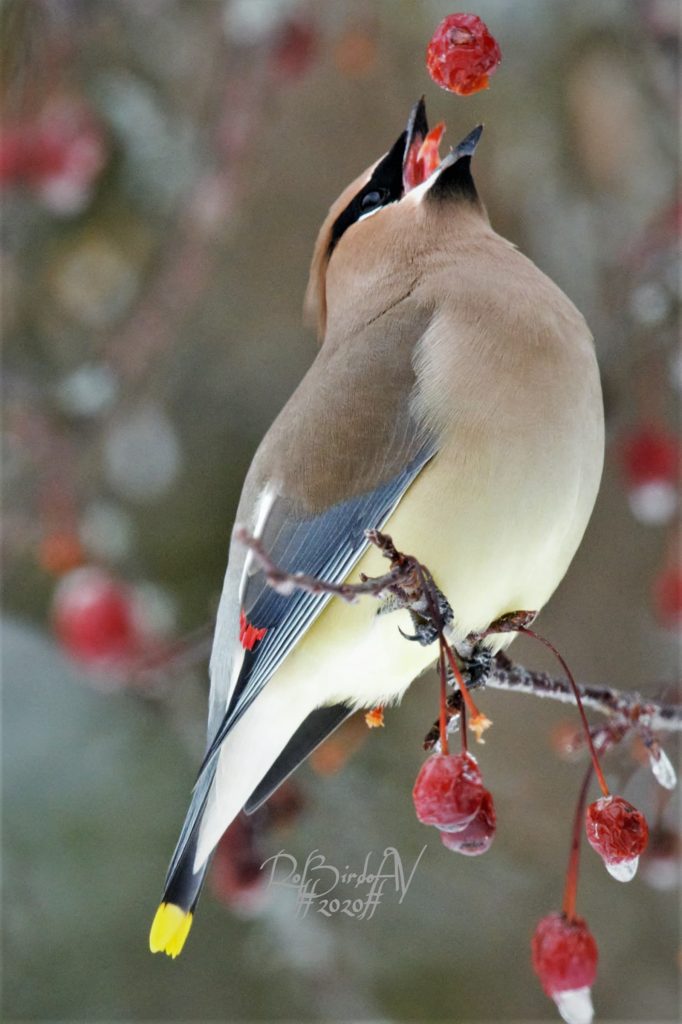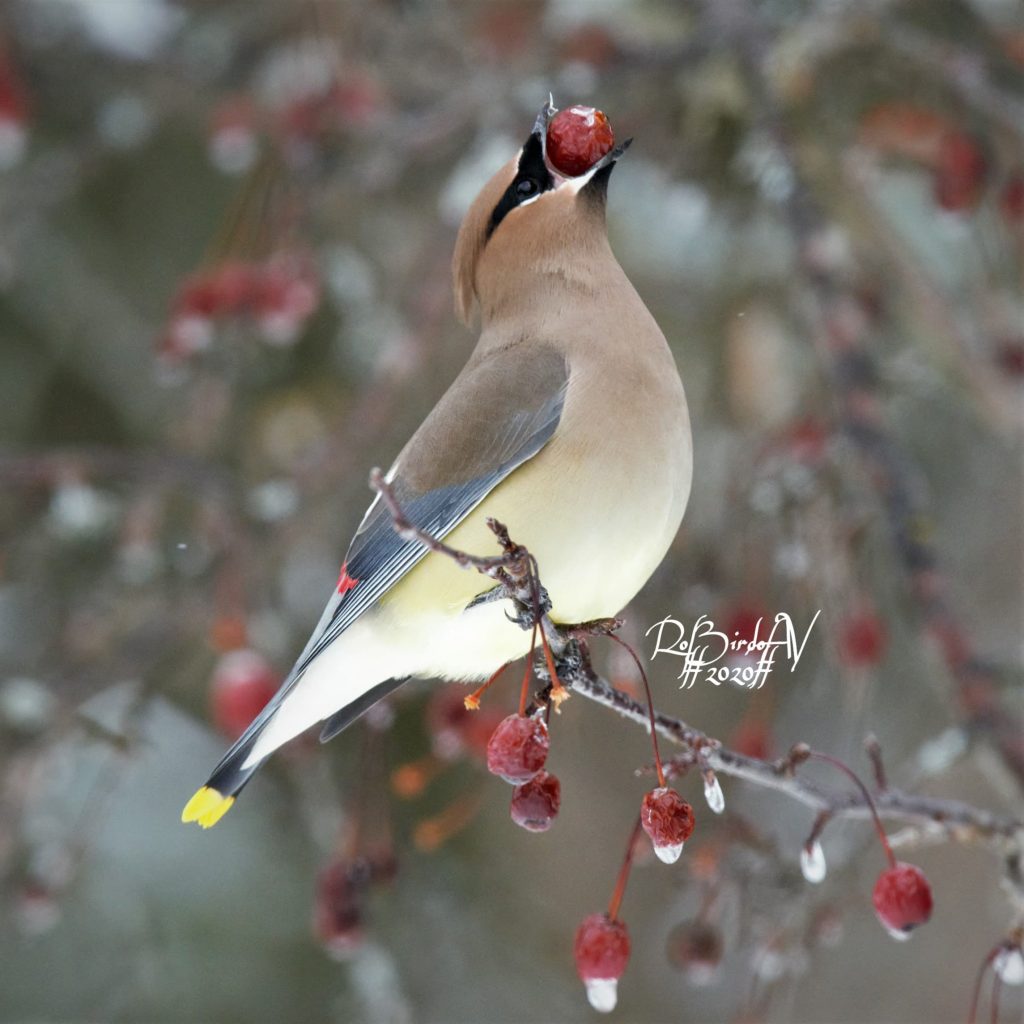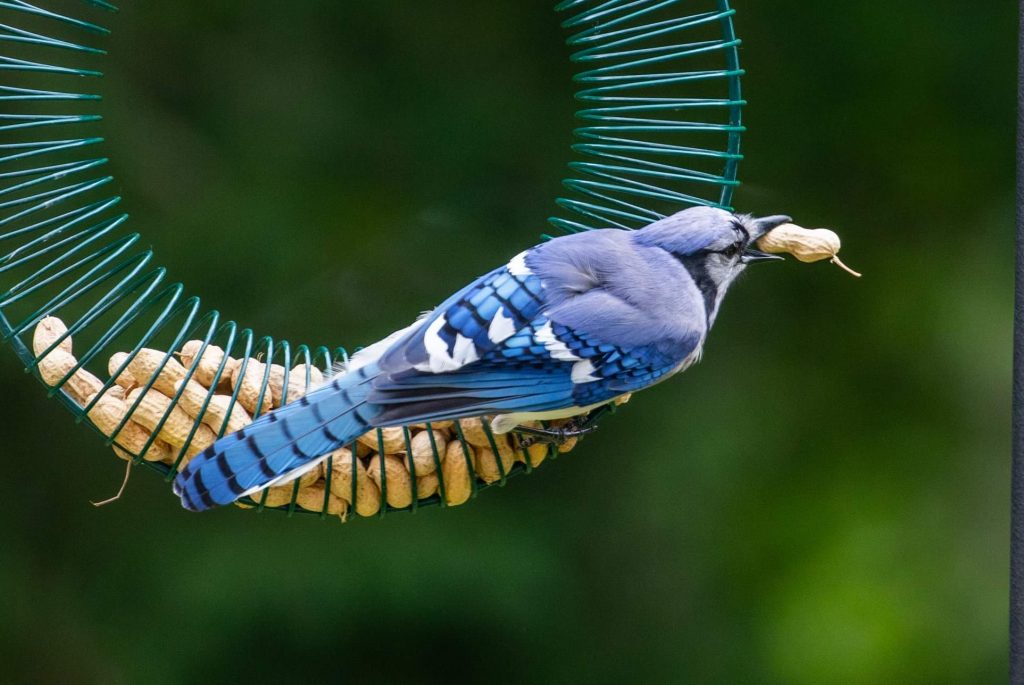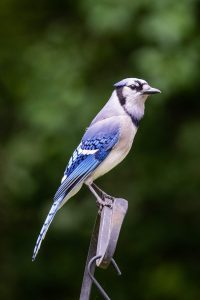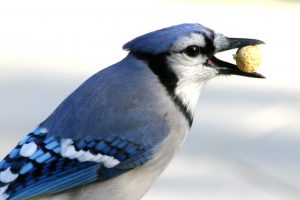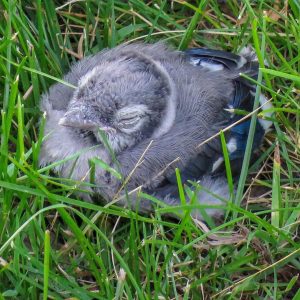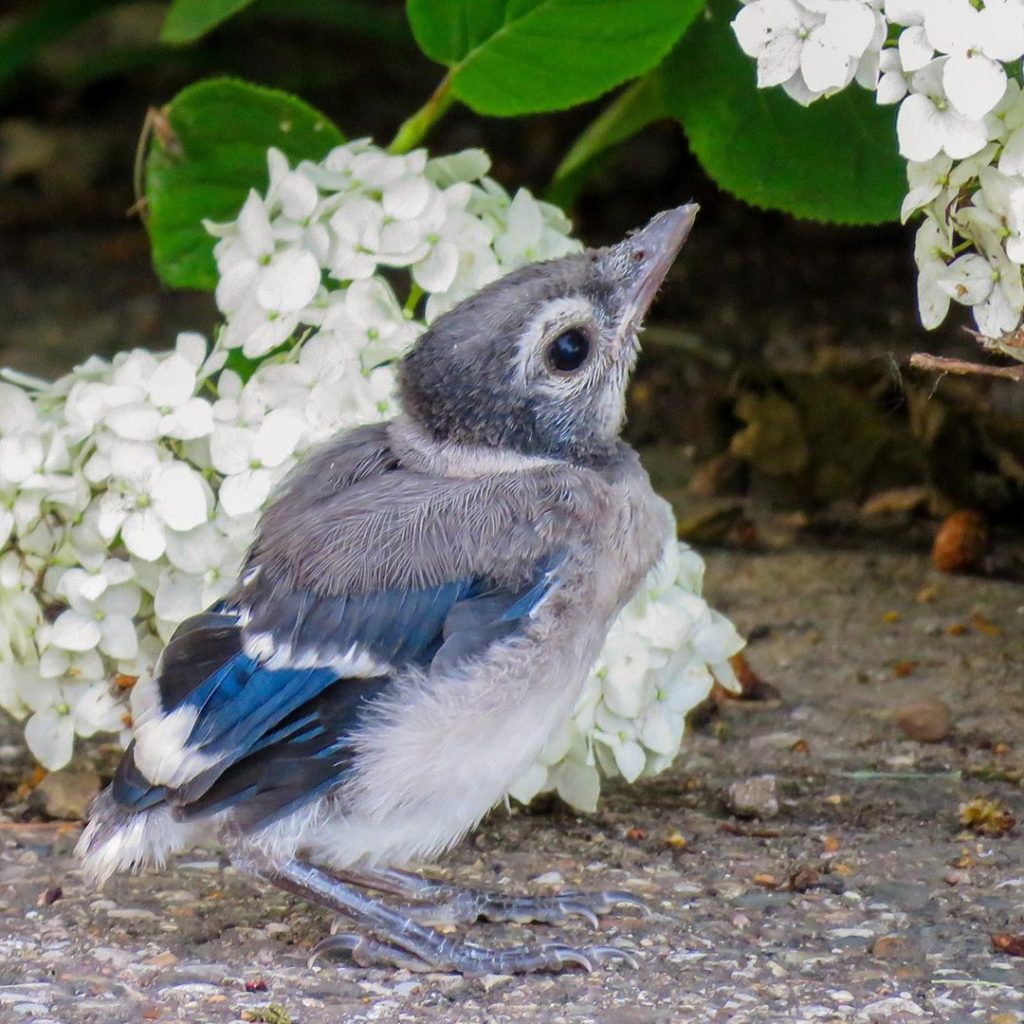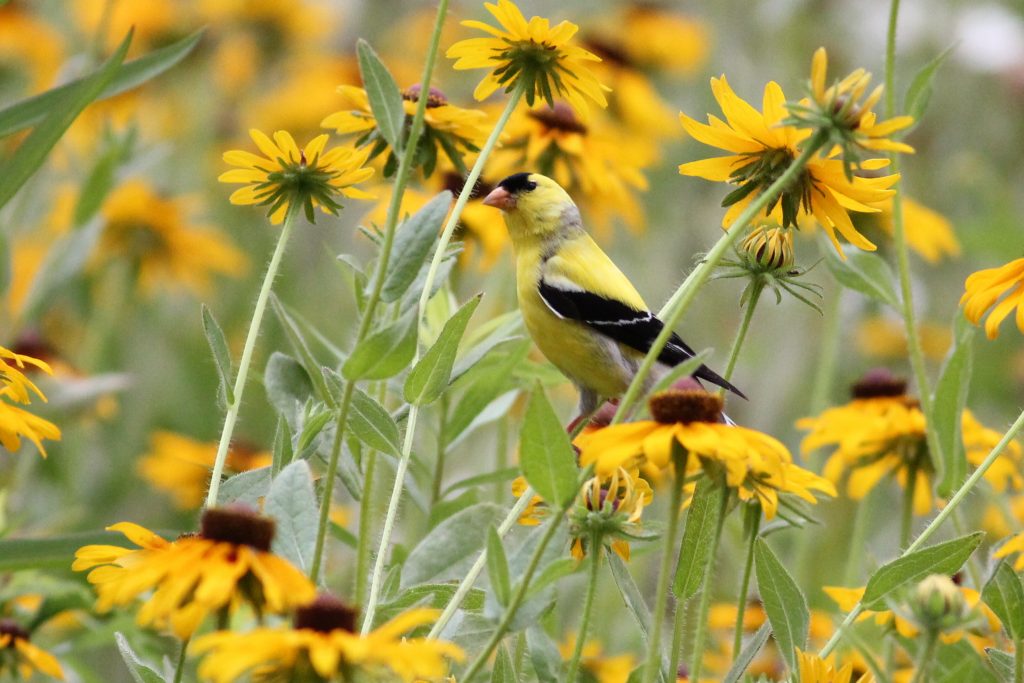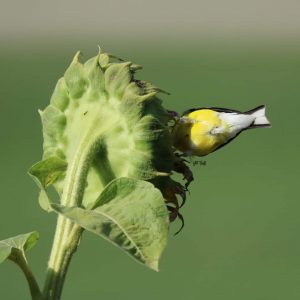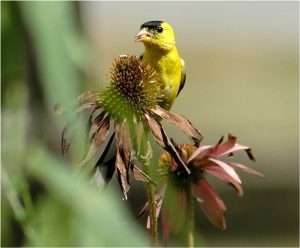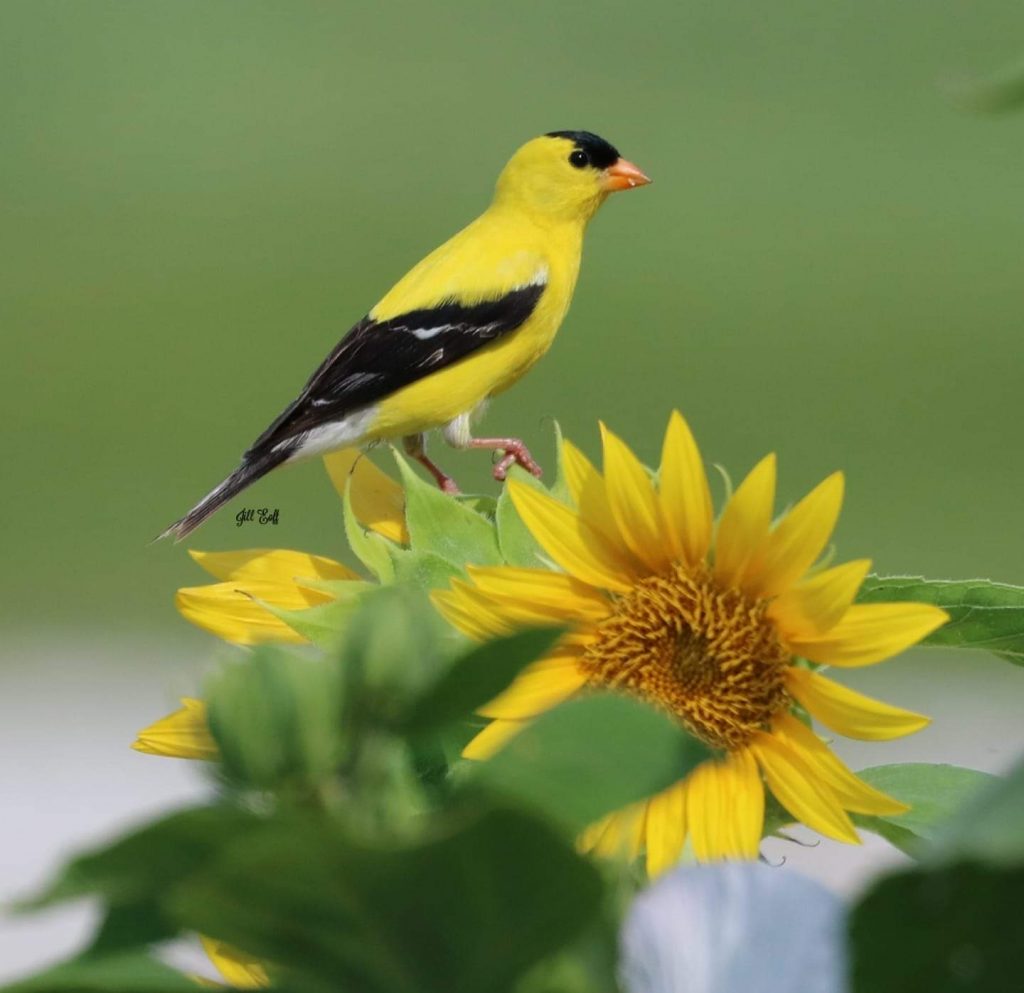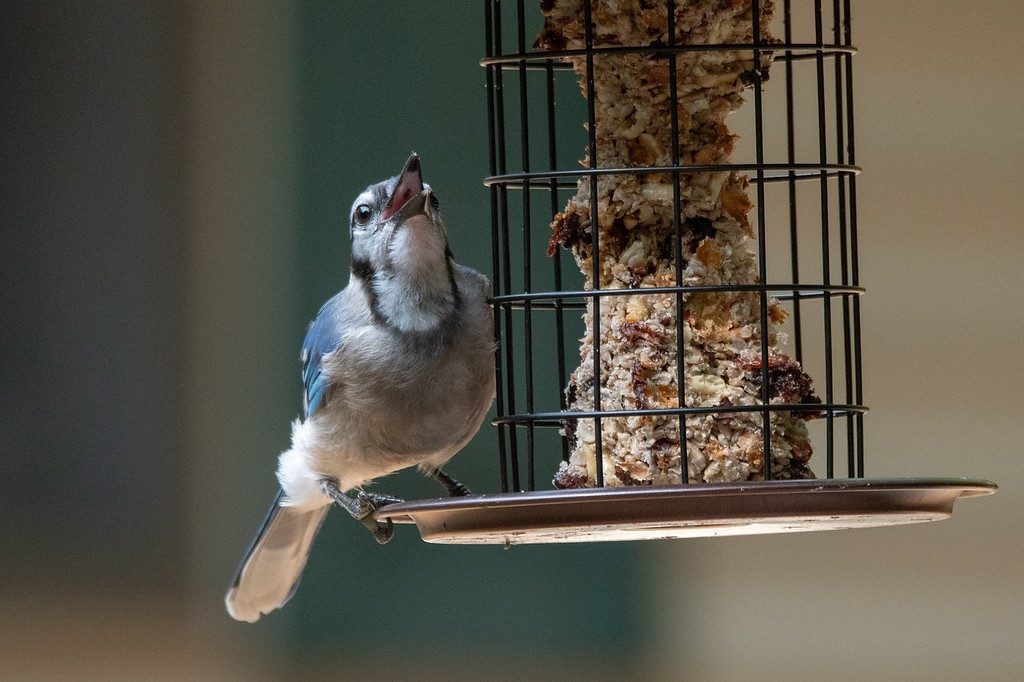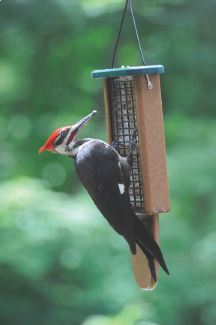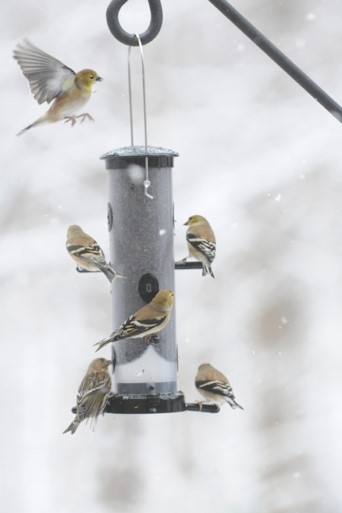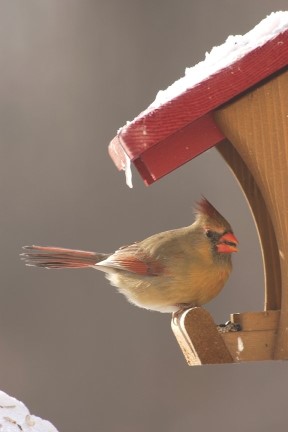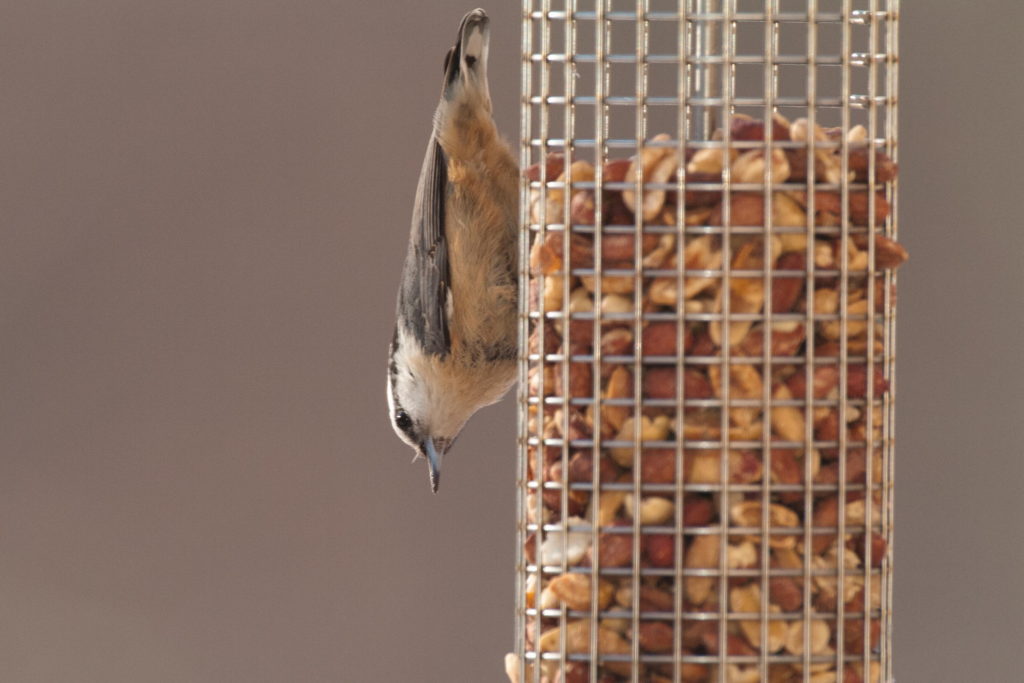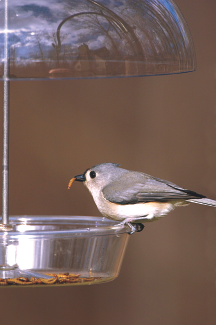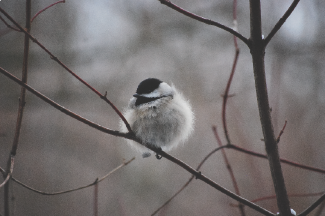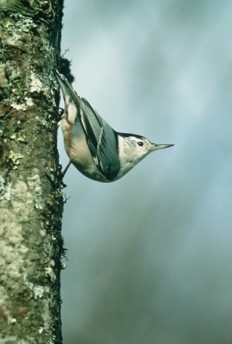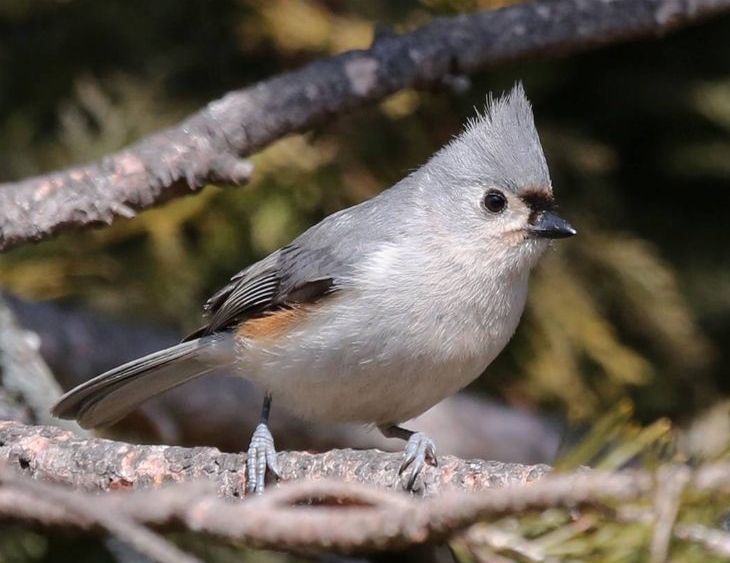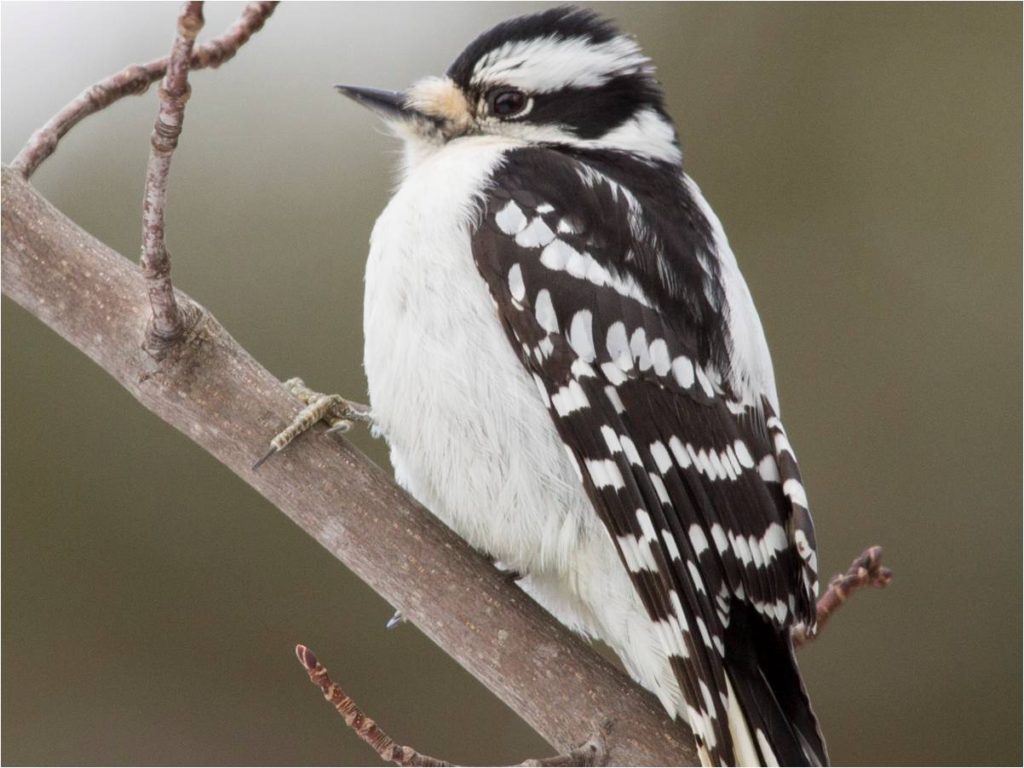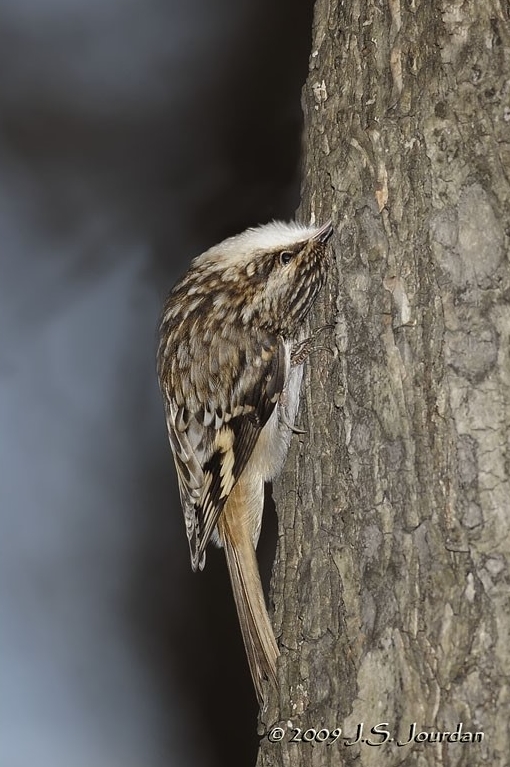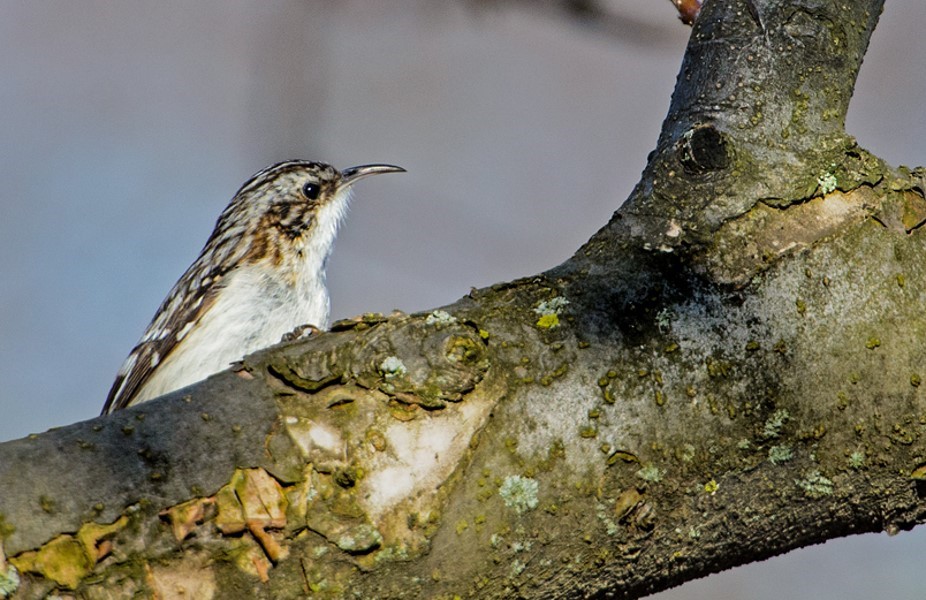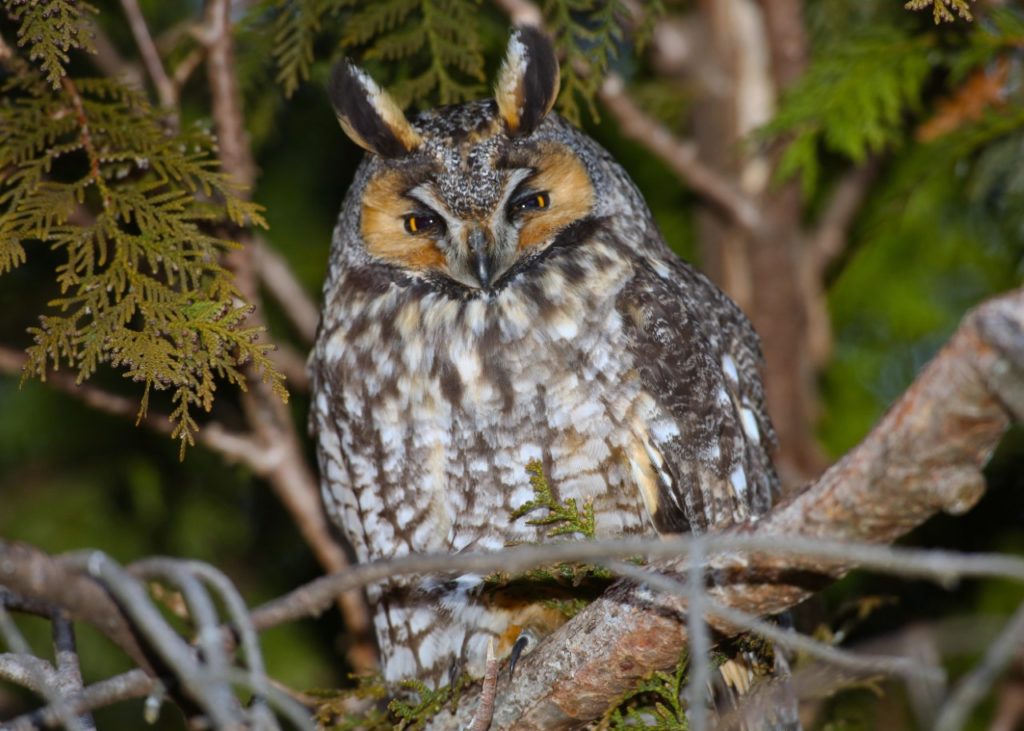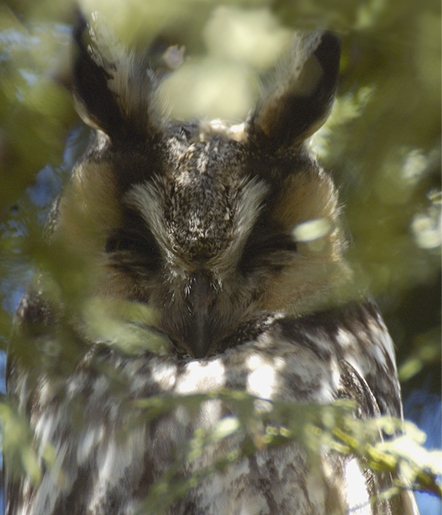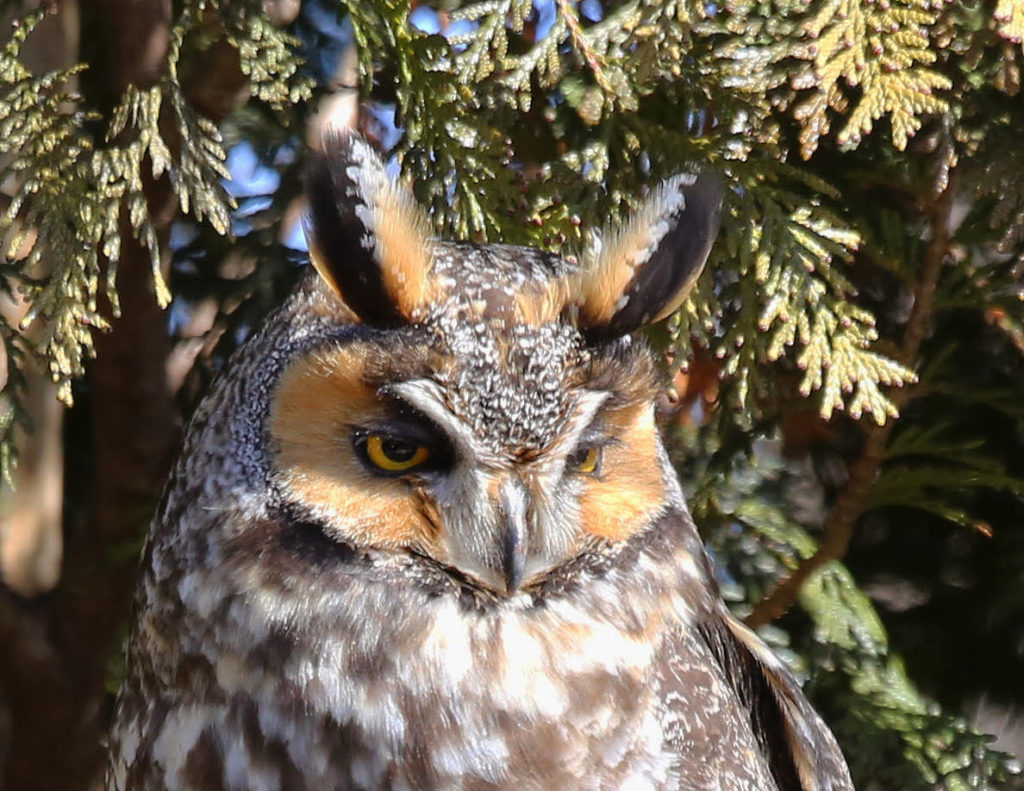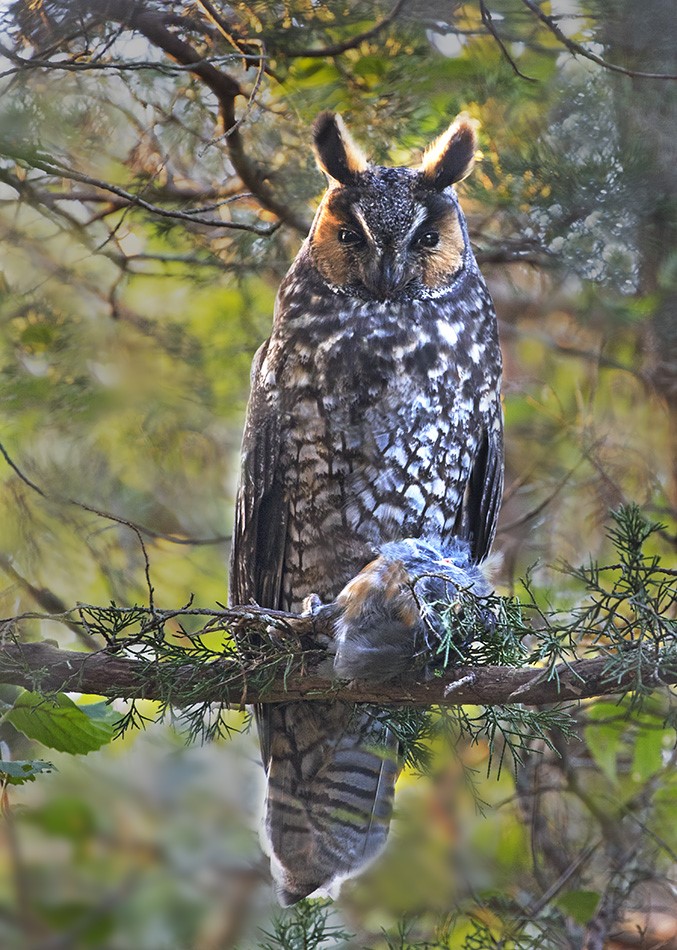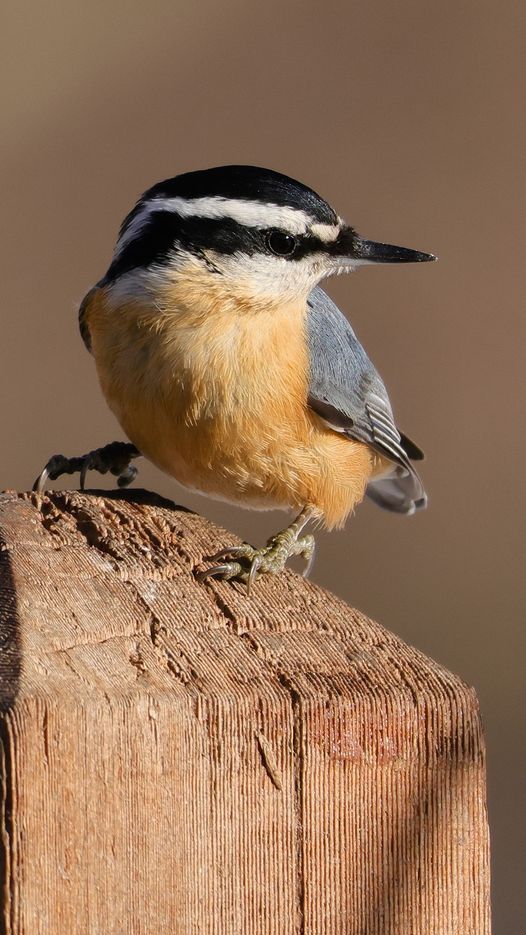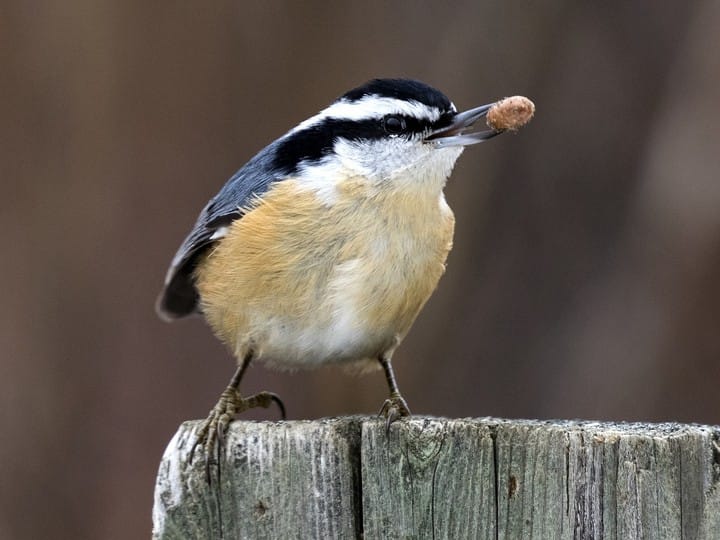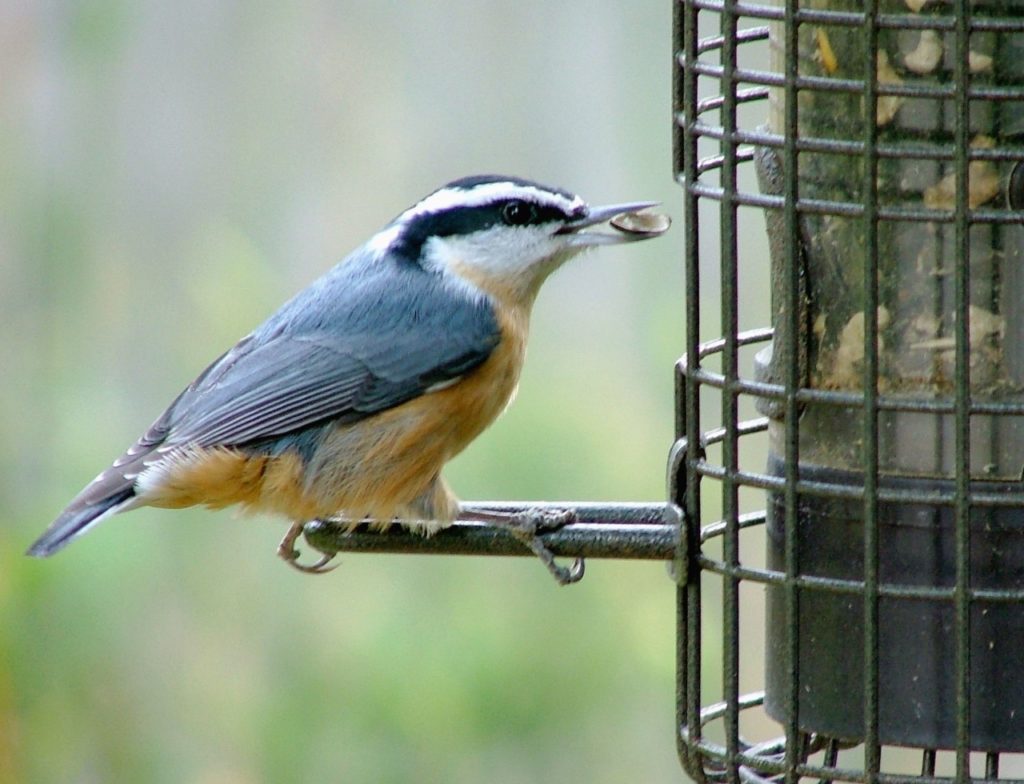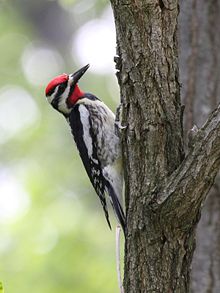 Why are Yellow-bellied Sapsuckers important to Ruby-throated Hummingbirds?
Why are Yellow-bellied Sapsuckers important to Ruby-throated Hummingbirds?
Yellow-bellied Sapsuckers are a type of woodpecker. True to their name, these birds drill concentric, evenly-spaced holes on trees in order to get them to weep sap. This is the first food available for hummingbirds when they arrive in spring. Ruby-throated Hummingbirds also eat the flying insects attracted to the sap wells. The hummers dart about and use their tongues to snatch the insects in mid-air.
When do I put out my hummingbird feeder?
Mid-April is generally a good time – think tax day. The earliest reports for hummers in 2012 was on March 17th; in 2010 it was April 1st; and in 2009 it was April 2nd. Although rare for hummingbirds to arrive earlier than May 1st, you may help out a migrant by being ready earlier.

Where should I place my hummingbird feeder?
Find a quiet place in the yard to hang the feeder, ideally away from your other feeding stations. Make sure the hummingbirds will be easy to see from your windows. Window mounted hummingbird feeders can be delightful.
If available, place the feeder near flowers and plants that attract hummingbirds. Use a small pole that allows the feeder to hang at the flower level.
Place the feeder near (but not directly under) protective cover where hummingbirds can seek shelter in bushes or trees. Hummingbirds also need a small snag, a branch cleared of leaves, to sit upon so that they can digest their nectar. They use snags to watch for flying insects, which they will catch on the wing, consuming them for needed protein. You can make a snag by removing leaves from a branch purposefully or you can purchase a commercial resting spot such as a Hummingbird Swing.

Hang the feeder in a location that has some shade to help slow nectar spoilage. However, make sure the feeder stays visible to the birds as they fly over. Using a sun and shade guard can provide both added visibility and protection for nectar.
How often should I change the nectar?
Think of nectar as sweet tea. If the weather is cooler, 60 degrees, leaving the nectar for two or three days is acceptable. However, if you left a glass of sweet tea out on a day of 90 degree weather, it may spoil and you would not drink it. The same is true of nectar – changing in hot weather every day is best. Rinse your feeder with hot water and clean the feeding ports with a brush to make sure that you prevent a build-up of mold.
How do I make nectar?
Commercial nectar should be free of red dye. The sugar used in boxed nectar is superfine and can easily be made with boiled water, stirring until the sugar is dissolved. For a home-made version, the ratio is four parts water to one part sugar (ex: one cup of water to ¼ cup sugar). Boil the water to rid it of chlorination and allow the sugar to dissolve easily. Pour it over the sugar and stir until dissolved. Once cooled off, fill your feeder and keep the rest in a nectar bottle in the refrigerator. Do not use dyes, brown sugar or honey.
Are there times of the year when I should make the nectar stronger?
The nectar that flowers produce is the same strength of sweetness throughout the year. Since what we put in our feeders mimics nature, keeping our 4:1 nectar recipe the same is recommended. This is also the same recommended strength for orioles.
What do hummingbirds need for nesting?
A hummingbird builds its nest with thistle or dandelion down held together with strands of spider silk and sometimes pine resin. The female stamps on the base of the nest to stiffen it, but the walls remain pliable. She shapes the rim of the nest by pressing and smoothing it between her neck and chest. The exterior of the nest is decorated (probably camouflaged) with bits of lichen and moss, held on with spider webs. The nest takes 6-10 days to finish and measures about 2 inches across and 1 inch deep. You can offer what a hummingbird needs by leaving spiders in your yard, not using pesticides, and by offering soft, downy material if you do not have it naturally.
What if hummingbirds are not coming to the feeder?
Since hummingbirds must wake up and fuel immediately, check first thing (daybreak) in the morning if you want to see if the feeder is being visited. Make sure you are changing your nectar frequently – spoiled nectar will leave a bad taste in their mouths (literally)!
- Clean the feeder inside and out. Don’t let sugar solution splash on the outside of the feeder as it is a further attractant to bees.
- Fill the nectar level lower than usual so the bees can’t reach it through the ports in a tray-style feeder. Sometimes this is about half-way full.
- Move the feeder even if it is a couple feet from the original location. When a bee “scout” finds the food, it tells the others exactly where to find the source of food. If the source is not in the same place, it will remain bee-free until another scout comes across it. The birds will not have an issue with it being moved.
- A small bowl of higher concentration sugar water, like a 1:1, on the ground may ‘pull’ the bees to that source instead of the nectar feeder source.
- Pure almond extract around the ports has anecdotally worked for folks in the past. It doesn’t seem to bother or harm the birds.
- Check to see if there are any yellow parts on the feeder. Many popular hummingbird feeders have yellow feeder ports or decorations. Bees and wasps are attracted to the color yellow. Use bright red fingernail polish and paint over any yellow parts of the feeder. Apply several coats of nail polish, letting each dry before applying the next coat.
- Place the feeder away from anything that is yellow in your yard. This includes yellow flowers, lawn ornaments or decorations. Again, the yellow color will attract the unwanted insects.
- Use our bee guards, which prevent bees from actually entering the nectar ports. We also sell a liquid meant to keep ants from crawling up your feeder poles.
Have you joined our email list? Click here to sign up, it’s free and gives you access to sales, coupons, nature news, events, and more!

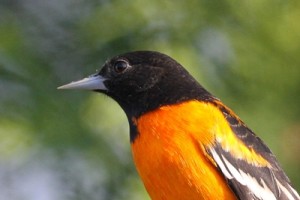
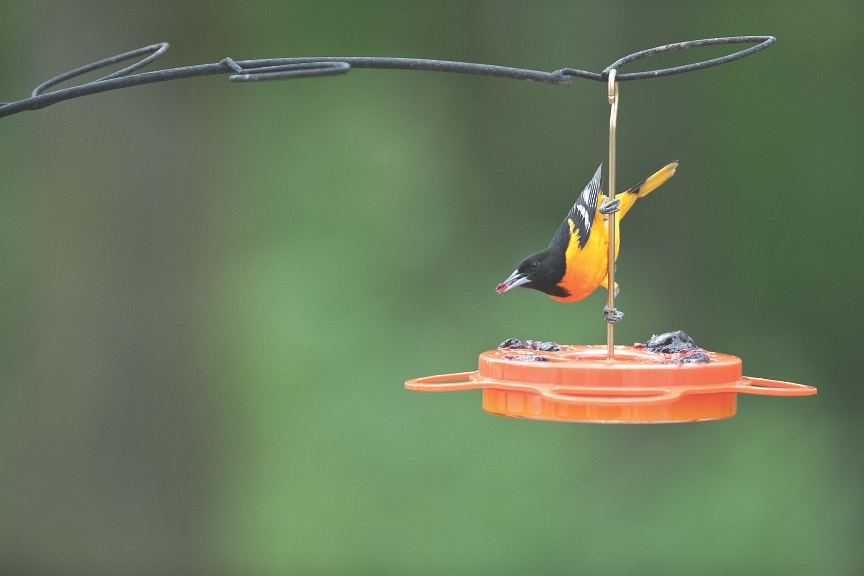
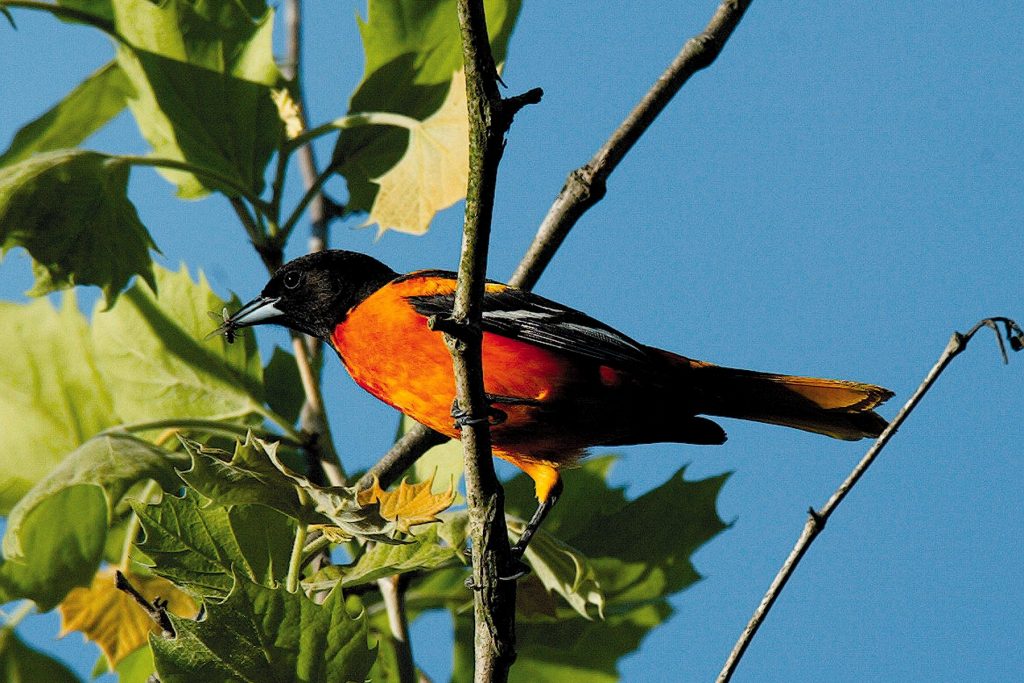
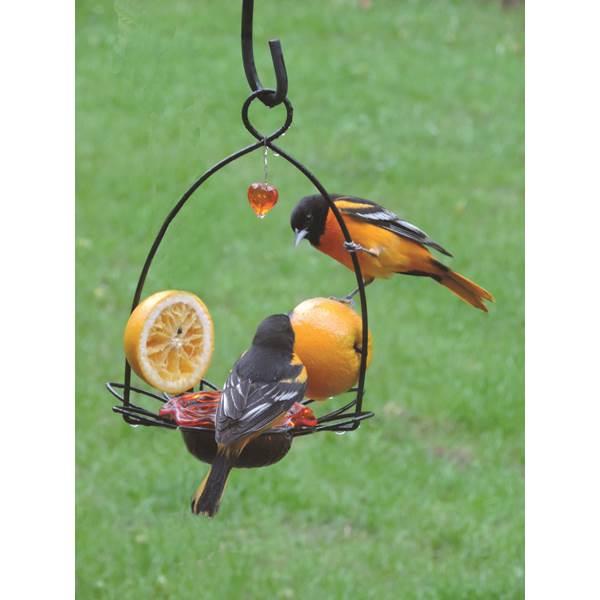
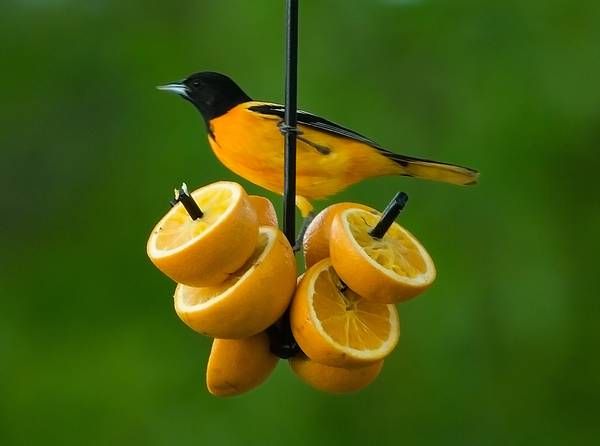
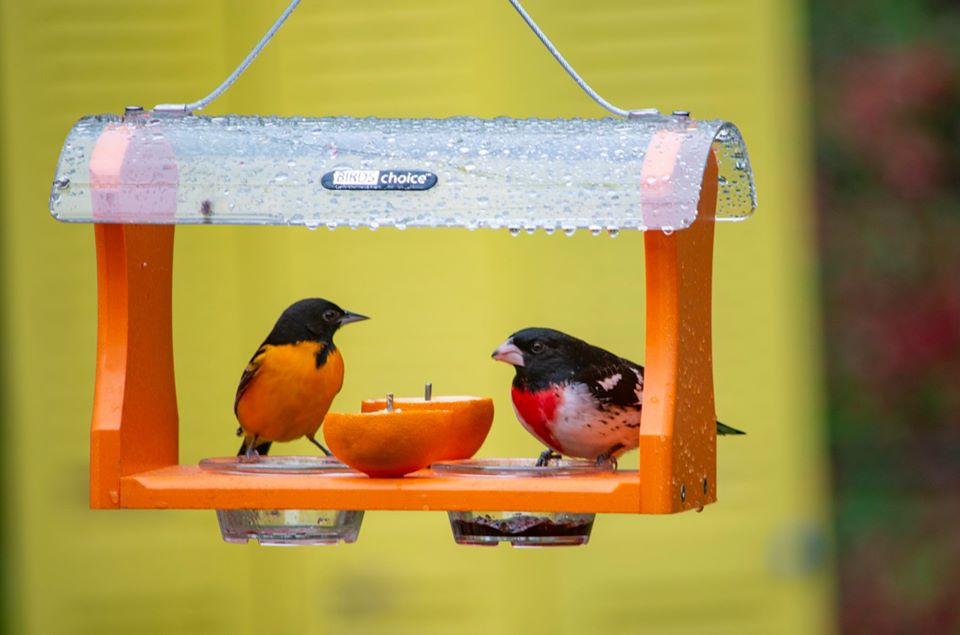 .
.